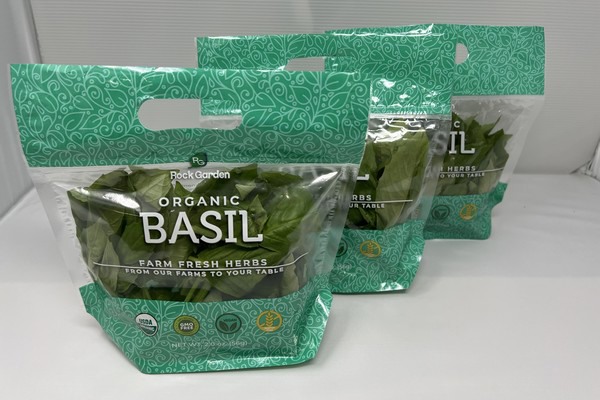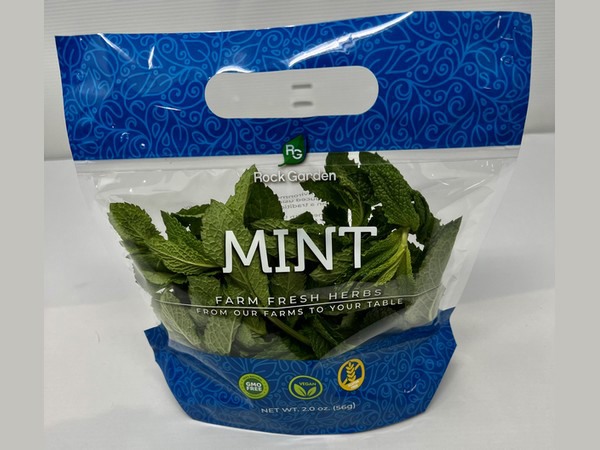With the holidays being behind us, demand for rosemary, thyme, and sage slowly returns to their traditional levels. “Throughout the year, it’s basil that drives the herb category,” says Jeff Bruff with Rock Garden, a Coosemans Worldwide company. Sales in both retail and food service are showing consistent numbers. He attributes the popularity of the product to basil being such a versatile product. “There are multiple ways to use basil, for example, as an ingredient in a larger plate or as a standalone in an appetizer or entrée.”

Lately, it’s mint, however, that has been showing a consistent increase in sales. “There is a very healthy demand for mint that seems to hold true,” commented Bruff. “It is an interesting trend, and I am not sure what’s driving the increase in mint sales.”

Which type of packaging will stick?
Most consumers are used to buying herbs in clamshells. “There is a lot of talk about different packaging concepts, but no decision seems to have been made on a packaging concept that will stick,” said Bruff. “I see a lot of ideas, which is very encouraging, but we haven’t decided on one particular course of action.” In addition to clamshells, there is a development to bags because of the reduced use of plastic. “We’re also seeing a variation between clamshell and thermoseal.”
Launch of new category
Later this quarter or next quarter, Rock Garden will be releasing a new product category that consists of eight different types of organic herbal purees. “It’s a convenient product that adds variation to the fresh-cut category,” shared Bruff. “It’s a different way to utilize herbs and speaks to the market segment. It fits right into what we do.” The purees will be available in shelf-stable tubes and will be made and packaged in the United States.
Whereas Rock Garden’s herb varieties are largely grown in the US, the company has operations in Mexico, Colombia, Peru, and Guatemala. Most of the Florida acreage is grown under hoop houses, and Arizona acreage is in the process of transitioning from open fields to hoop houses. Mexico and Colombia are following in this trend.
“Undeniably, the weather aspect plays a significant role here,” said Bruff. “In some places where we have been growing for 30 years, things are changing. We are definitely witnessing a climate change.” Most hoop houses are built of plastic, but there is also an option to have them fabricated with glass, and Bruff believes that could be in Rock Garden’s future as a way to get better control of the environment.
 For more information:
For more information:
Jeff Bruff
Rock Garden
Tel.: (+1) 305-477-8833
[email protected]
www.rockgardenherbs.com
